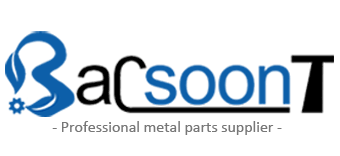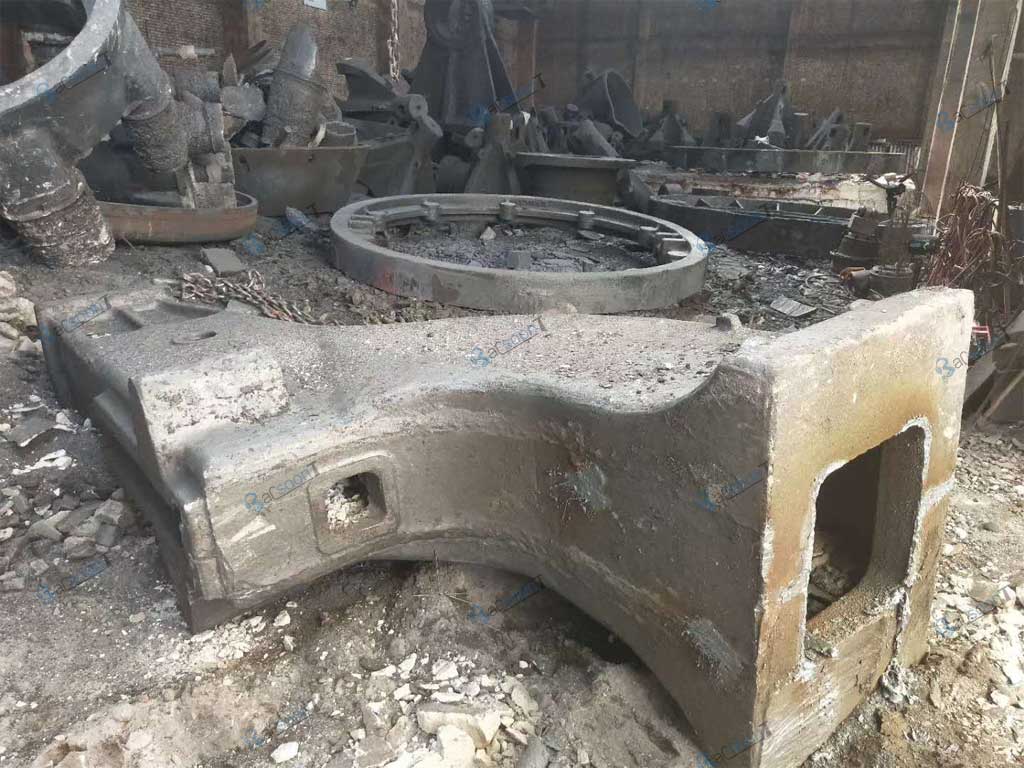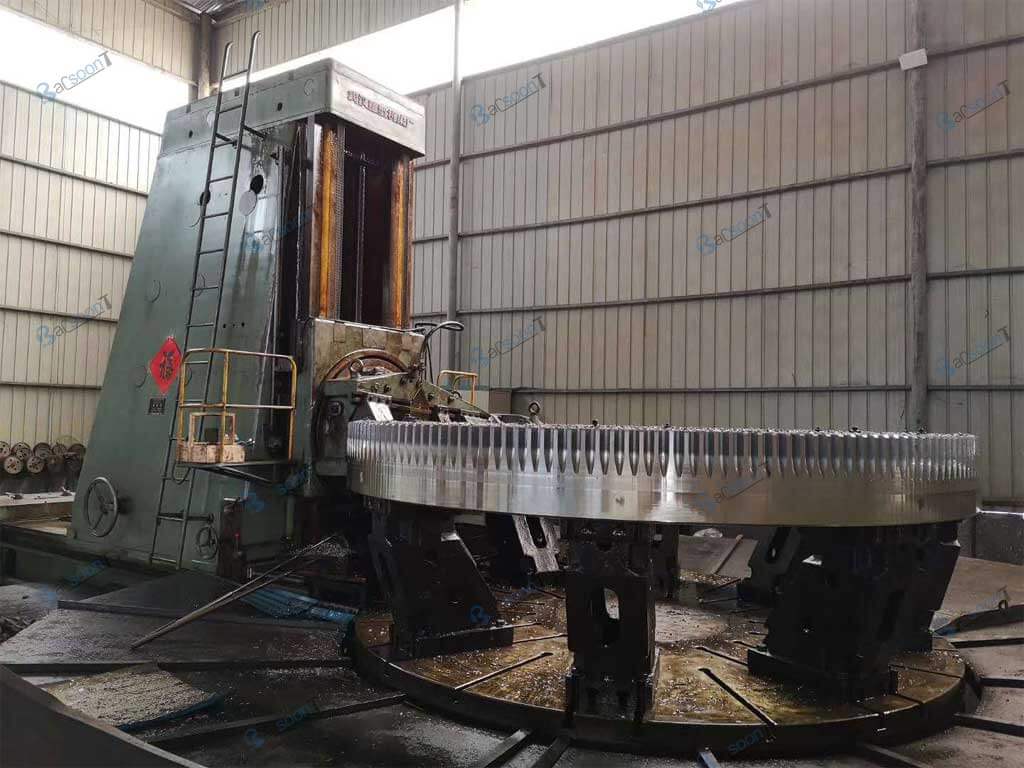Sand casting technology
Sand casting is the most widely used metal casting process in manufacturing. It is used to make large parts (typically steel and iron, but also Bronze, Brass, Aluminum). Sand castings can range in size from very small to extremely large. Some examples of items manufactured in modern industry by sand casting processes are engine blocks, machine tool bases, cylinder heads, pump housings, valve and etc..
Green & Resin Sand Casting
Green sand casting offers a cost-effective route and is the most traditional sand casting processes. This renders it a common choice amongst manufacturers and project leads. The material used is sand that’s bonded by water and clay—and best of all, it’s recyclable.
In the resin sand casting process, resin and sand are first mixed together. Following that, the mixture is self-hardened through chemical reaction to produce exceptionally hard molds.
Lost Foam Castings
Lost foam casting is another investment casting method that differs from lost wax casting. The Lost Foam casting process was first started in year 1958 when H.F. Shroyer was granted a patent for a cavity-less casting method, using a polystyrene foam pattern embedded in traditional green sand. The polystyrene foam pattern left in the sand is decomposed by the poured molten metal. The metal replaces the foam pattern, exactly duplicating all of the features of the original pattern. Like water glass investment casting method, a pattern is required for pouring in casting, because it is evaporated (“lost”) in the process.
Shell Mold Sand Casting
Shell mold casting is a metal casting process similar to sand casting, in that molten metal is poured into an expendable mold. However, in shell mold casting, the mold is a thin-walled shell created from applying a sand-resin mixture around a pattern. The pattern, a metal piece in the shape of the desired part, is reused to form multiple shell molds. A reusable pattern allows for higher production rates, while the disposable molds enable complex geometries to be cast.
| Material |
| Grey iron : ASTM A48 Cl.20,25,30,35,40,GG20,25,30,35 |
| Ductile iron: ASTM A536 60-40-18, 60-42-10,70-50-05,GGG40,GGG50,GGG60 |
| Carbon steel: WCB, WCC,LCC, LCB, 1020, 1025,1040, 1.0619;Sand casting Bacsoont China |
| Alloy Steel: 8620, 8630, 4140, 4130, 4320 |
| Stainless steel: ASTM A351 CF8, CF8M, CF3, CF3M |
| Manganese steel: ASTM A128 Gr. A, B,C,D,E |
The Advantages of Sand Casting:
This process is capable of producing small, precision parts as well as large parts. Learn more about this by visiting our Ultra Large Sand Casting page.
The sand casting process can be used to cast both ferrous and non-ferrous metals.
When compared to other metal casting processes, the time required to prepare the mold is relatively short.
This metal casting process is capable of handling a more diverse range of products when compared to other casting processes.
When a uniform compaction is achieved, the sand casting process is capable of producing extremely close tolerances.
The sand used in the process can be reclaimed, helping to reduce the waste produced by the sand casting foundry.
The sand casting process is relatively simple, making it a great process for mechanization.




 Bacsoont
Bacsoont